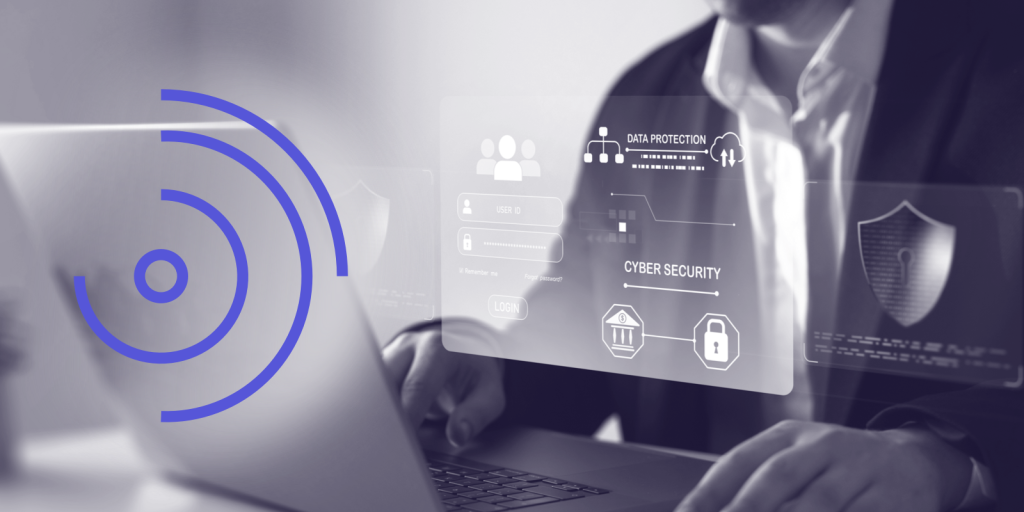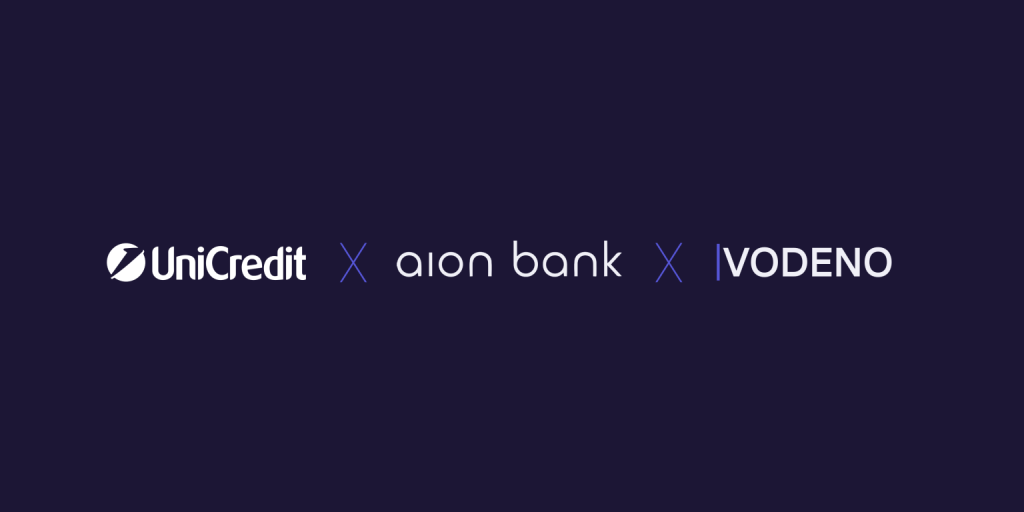Buy Now, Pay Later (BNPL) has radically changed the way people shop. In allowing transactions to be paid over an extended period of time, it not only gives consumers choice in how they want to manage their finances, but it also influences their relationship with the business.
According to Juniper Research, there are currently 380 million people globally who have used BNPL. By 2028, this figure will more than double. So, as the BNPL trend gathers pace, it is essential that businesses – especially in retail, which is leading the charge in BNPL adoption – understand the ways different shoppers are choosing to use it.
Here are three ways in which BNPL is transforming shopping habits:
- Increased conversion
Shopping cart abandonment is a major issue for businesses selling goods online. Studies show that customers are more likely to walk away from a purchase when BNPL is not available at checkout; a recent PYMNTS study of over 3,000 US adults showed that 40% would be extremely likely to delay or cancel a purchase if a retailer did not offer BNPL.
Neil Chandler, CEO of Aion Bank, explains: “It is clear that consumers want to be offered the choice to pay for items when and how they want. By seamlessly embedding banking products like BNPL into the customer journey, businesses give flexibility, which is essential in boosting conversion. No one wants BNPL, they want a pair or jeans, and embedded banking puts the customer first by solving their need.”
- Higher spend
BNPL has also been proven to have a notable influence on the value of the items a customer purchases – in retail terms, this is known as average order value (AOV). When it is available, there is a greater likelihood of a customer opting for more aspirational items. Conversely, when it is not available, customers will choose not to purchase, or make sacrifices in their shopping basket.
This trend is particularly apparent among younger consumers. The same PYMNTS survey in the US found that a quarter (25%) of millennials and a fifth (19%) of Gen-Z will ‘downgrade’ to cheaper items than the ones originally in their basket if BNPL is not an option at checkout.
Historically, credit cards have played a similar role in purchasing behaviour, but there is a clear shift in shopper behaviour with the rise of BNPL, with 60% of BNPL users saying it is a more attractive or reliable alternative to credit cards.
“The relationship between BNPL and basket size is clear; when BNPL is not available, many customers will opt for cheaper items, if not abandon the purchase altogether,” says Chandler.
- Build loyalty
In mid-2023, Aion Bank/Vodeno commissioned a survey of more than 3,000 European consumers, uncovering the importance of embedded finance and BNPL to customer loyalty. Two in five of the consumers in that survey said they would only stay loyal to brands that offer embedded banking products like BNPL.
Chandler says: “When offered in the right way, BNPL can build loyalty with customers, and directly influence average order frequency (AOF). Customers will be more likely to return when given the choice and flexibility to pay for products. But, the success of any embedded banking product is dependent on it being offered in a contextual way, at the point of need for the customer.”
Get in touch with Vodeno today to learn about our BaaS-powered embedded finance solutions, including BNPL, and how they could transform your business.


